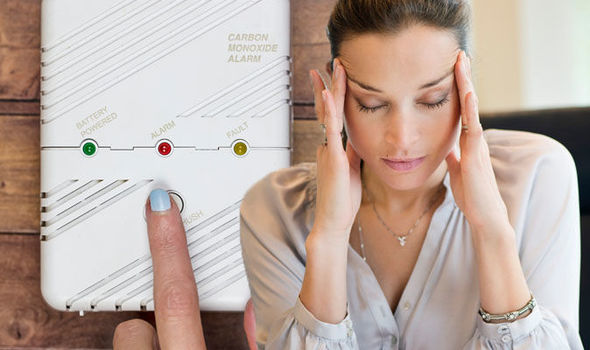Published on : October 29, 2018 10:30

How to Spot Carbon Monoxide Poisoning
Last year carbon monoxide poisoning affected an estimated 4,000 people in the UK, with winter being the peak time for incidents to occur. The gas can kill quickly, or cause serious long-term problems including brain damage by stopping oxygen from being carried around the body in the blood.
It is produced by the incomplete burning of fuel, which is often caused by faulty gas appliances such as boilers or cookers but can also be produced by coal, wood, oil and petrol. Unfortunately, poisoning can be very difficult to detect or diagnose – you cannot see, smell or taste it, and symptoms of low-level exposure are very similar to the flu, hangovers or food poisoning.
Unfortunately, poisoning can be very difficult to detect or diagnose – you cannot see, smell or taste it, and symptoms of low-level exposure are very similar to the flu, hangovers or food poisoning.
The signs & symptoms of carbon monoxide poisoning include:
-
Headaches
-
Nausea
-
Breathlessness
-
Dizziness
-
Collapse
-
Unconsciousness
If you suspect you, your family or even your pets could be suffering from the effects of carbon monoxide poisoning, you need to act immediately.
- Turn off all gas appliances and naked flames;
- Open all windows and doors and leave the property;
- Go to a doctor or hospital and inform them you suspect carbon monoxide poisoning. They can perform a blood or breath test to check;
- If there is an immediate danger, call the Gas Emergency Helpline on 0800 111 999;
- Report the incident to the Health and Safety Executive (HSE);
- Get a Gas Safe engineer to inspect appliances and flues for issues.
Luckily, there are a number of precautions you can take to protect your family against the dangers of carbon monoxide:
- Buy an audible carbon monoxide alarm which detects high levels of the gas. They cost around £15 from most supermarkets and hardware stores. Amazon also have a great range like this one here. Be sure it’s approved to the latest British or European Standard.
- Ensure flues, chimneys and vents are adequately fitted and opened where necessary;
- Get gas appliances checked regularly by a Gas Safe engineer;
- Do not try to fix or fit gas appliances yourself. Always call a qualified engineer registered with the relevant associations including the Gas Safe Register.
- Look out for dark staining on or around appliances, increased levels of condensation around windows, and pilot lights which frequently blow out;
- Hob flames should be crisp and blue. If lazy yellow or orange, the appliance needs inspecting.
- Remember the safety of your household is paramount and should take priority. As you move into a new property the first thing you should do is prepare your house for every eventuality in the event of a home disaster.
